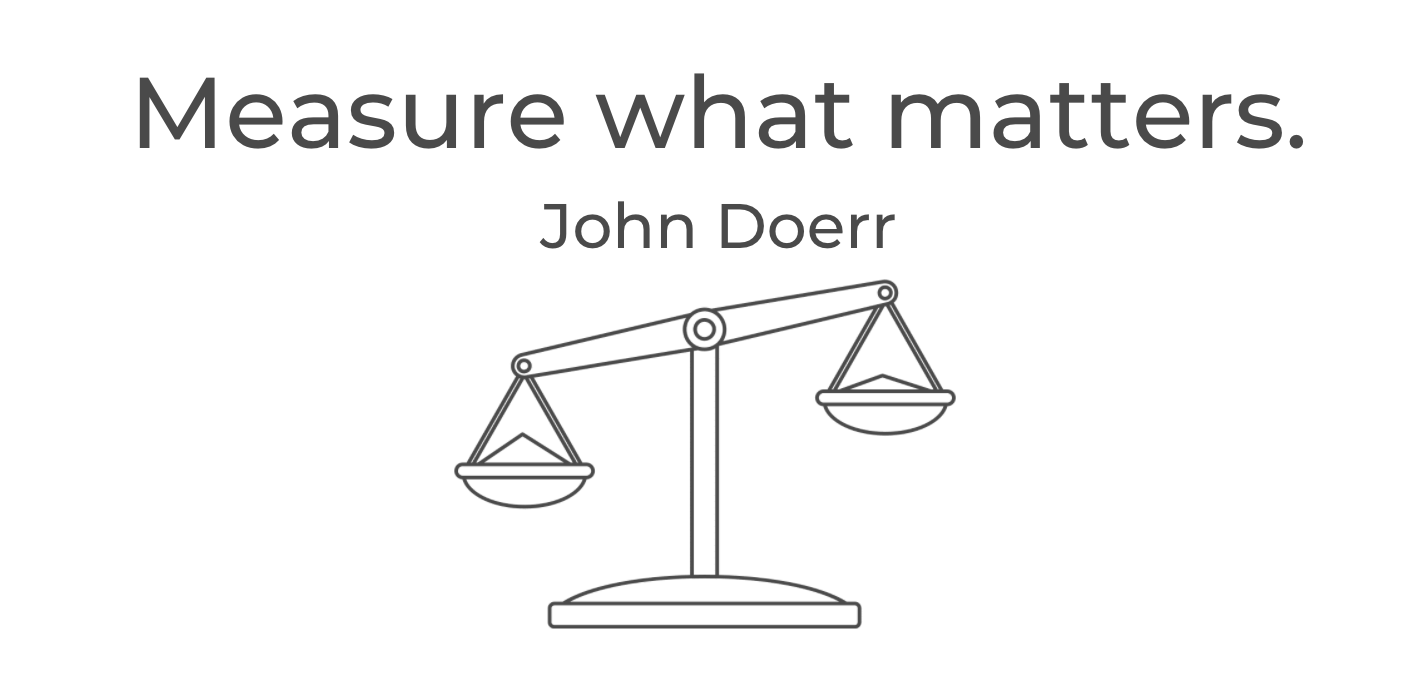The 7 Most Effective Ways To Engage Dispersed Teams
Although the pandemic may have accelerated the transition to remote work, it will continue to grow. Organizations that embrace this and strategize to get the most out of their dispersed teams will have a leg up on those that treat remote workers the same as in-office employees. If you want to start strategizing or build upon remote team member initiatives already in place, keep reading.
The best way to leverage these tips to make an impact on your workforce is to treat them as a checklist. Are you already implementing all seven tips, just a few, or none?
For example, we recently spoke with Gregg Sutch, an account manager at Limeade, about his experience on a completely remote team:
"Limeade has created a culture where the support comes from all angles, whether that's your fellow co-worker, your manager, or someone from the C-Suite and it makes me feel connected, even in a 100% remote setting.
I never sit down in my home office and feel isolated from the rest of my team because I know my managers care about me through weekly 1:1s, receiving nudges from Limeade to do something that's good for my well-being, and checking in on each other daily. This type of culture doesn't happen overnight - it starts with strong leaders who lead by example which we are fortunate to have at Limeade." - Gregg Sutch, ABM Account Manager Lead at Limeade
Limeade does a great job at keeping its employees engaged all across the globe with a variety of tactics like the ones listed below. Check them out and don't forget to share what you've learned with friends, peers, or colleagues if you found it valuable. Let's work together to change the world of work.
The 7 Most Effective Ways To Engage Dispersed Teams:
- Consistent Check-Ins
- Meet Them Where They're At (Leverage Tech)
- Two-Way Communication
- Surprise and Delight
- Recognize and Appreciate
- Champion Personal & Professional Development
- Trust Your Team Members
1) Consistent Check-Ins
Don't skip past this first tip without a full understanding of where we're coming from here. Consistently checking in on your team members doesn't mean "micromanaging" and keeping tabs on every single action they're taking. We're talking about scheduled regular meetings where you can chat about their workload, well-being, and anything else that is going on in their life. Try not to skip these meetings when they don't have any work action items to discuss. Cutting them short in those situations is ok but use the time to check in on a personal level to see how they're doing and develop a further relationship. Using software to help schedule or track 1:1s and performance can be helpful to ensure consistency and track goals over time.
Onboarding new team members also falls under this bullet point. Especially on remote teams. You want your new hire to feel included, essential, and confident rather than confused, and alone. Consistent check-ins can help here too.
2) Meet Them Where They're At (Leverage Tech)
Make sure all employees, new and old, have access to company-wide communication tools. There are so many available in 2022. It doesn't matter which one you pick as long as it works across all the devices your teams use and everyone uses the same one. Once you've chosen your communication platform you can use it to level up your communication with
If possible, keep various platforms employees have to use to a minimum. By integrating your employee survey software and project management platform with the communication tool your employees are using most often, you'll increase the likelihood they will be notified about what's going on in the company and feel more connected.
3) Two-Way Communication
Ask, listen, and take action. This is a must to engage a dispersed workforce. Asking for feedback on a routine basis helps employees to feel heard and valued. It also gives you better insight into how your employees are feeling working from home. Listening and taking action also enables team members in different time zones and locations to feel more connected to the company by seeing their feedback being put to use. Don't forget about also sharing important updates in company-wide communications so no one is missed when big shifts or new policies are put in place.
4) Surprise and Delight
Asking employees a few personal questions about themselves (favorite activities outside of work, favorite restaurant, etc.) during onboarding can be a game changer when it comes to engaging a dispersed workforce. Having employee profiles on hand with this type of information included makes it easy to send appreciation packages like gift cards, sports game tickets, or other surprises to remote team members. This not only contributes to an employee feeling more engaged at work because the organization went out of their way to show they care, but it also can improve overall wellbeing and morale.
5) Recognize and Appreciate
Employee recognition and appreciation is a hot topic in the HR scene and has been for a while now for good reason. When people feel appreciated and recognized they are more productive and engaged at work. According to Forbes, it is not uncommon for employees to leave their jobs because they are tired of being overlooked. Choosing to invest in employee recognition initiatives or providing tools that make it easy for employees to give peer-to-peer feedback in real-time both have positive impacts on engaging remote teams.
6) Champion Personal & Professional Development
This goes hand-in-hand with consistent check-ins and two-way communication. Encouraging employees in and out of office to pursue greatness in their personal and professional lives can lead to higher engagement and motivation at work. Liking your job, and feeling like there is room for improvement and development is a key factor in actually feeling engaged in the work you do daily. Including questions like "Do your current responsibilities and job align with your future goals?" in 1:1s can help employees change their perspectives on whether they see themselves working for your organization for a long time.
7) Trust Your Team Members
No one likes to feel like they're not being trusted. While there is no way of knowing what exactly your remote workers are doing every hour of every day, it doesn't matter! If they get the job they have been hired to do, done then all is right in the world. For so long we have been taught we have to be glued to our desks from 9am to 5pm in order to be productive employees. That time has come and gone. Encourage mental health breaks, encourage mid-day walks! A productive day is unique to the person living it. Trust your employees to do their job and use your check-ins to monitor their progress.
To Wrap Up
Ensuring connectedness with dispersed workers is something we're very familiar with at TINYpulse. Years before COVID, our flexible surveying, peer-to-peer recognition, and two-way integrations were being used by fully remote companies and dispersed teams to keep their people engaged, and high-performing.
The dispersed workforce can be productive, engaged, and productive. With these tips in mind and taking into account how remote and hybrid teams need to be treated differently in order to succeed, your organization can already set the stage for improved employee engagement.
Share this
You May Also Like
These Related Stories
How Can You Form a Tighter Bond With Your Coworkers?

3 Surprising Ways Employee Engagement Surveys Can Improve Culture



.png?width=534&height=632&name=blog%20ad%20(1).png)
